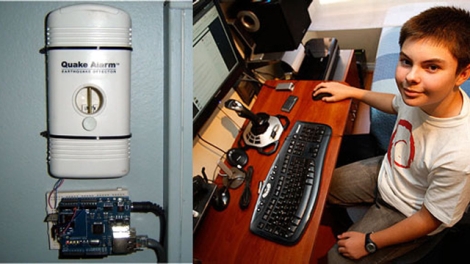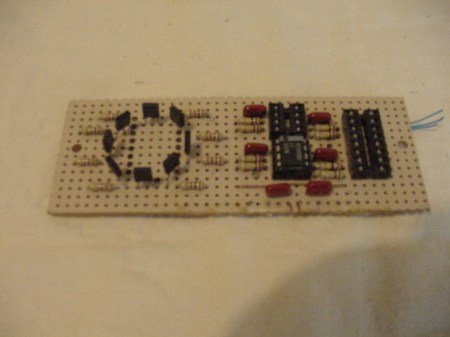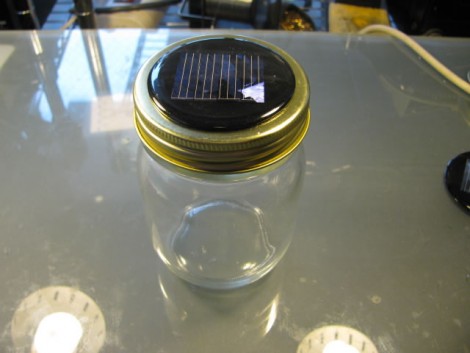Seismic waves travel through the Earth’s crust at about four kilometers a second. Light travels through fiber at about 200,000 kilometers per second. Taking network lag into account, it’s possible to read a Tweet about an earthquake a few seconds before the shaking starts. This is the concept behind an XKCD strip and a project for the Hackaday Prize.
[Zalmotek]’s Earthquake Validation Gadget is an Internet-connected box designed for those few seconds between asking yourself, ‘is this an earthquake’ and saying, ‘yeah, this is totally an earthquake’. Inside this wall-mounted box is both a sensitive vibration sensor and a microcontroller connected to the Internet. If the vibration sensor goes off, it checks the Internet — the USGS website is a great start, by the way — for any large, local earthquakes. If there’s a possibility that shaking is an earthquake, lights and sirens go off, telling you to take cover.
The idea of an ‘earthquake warning device’ isn’t new. The USGS has a system in place for just this sort of thing. It’s good to see independent researchers working on this, though, and it makes for a great entry to the Hackaday Prize.






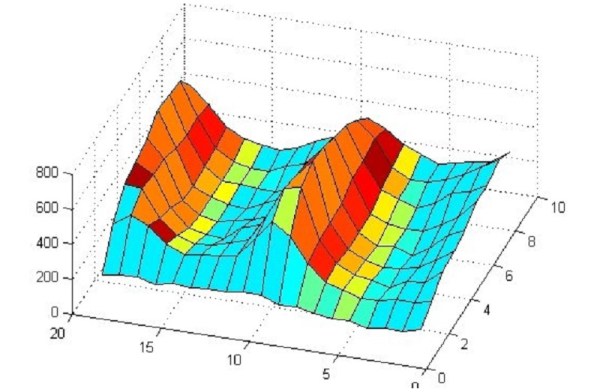
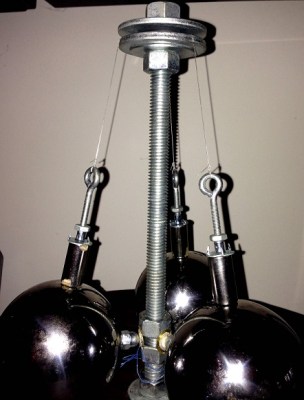 physical biochemistry. While he doesn’t exactly have the background needed to pioneer a novel approach to predict earthquakes, he’s
physical biochemistry. While he doesn’t exactly have the background needed to pioneer a novel approach to predict earthquakes, he’s 





